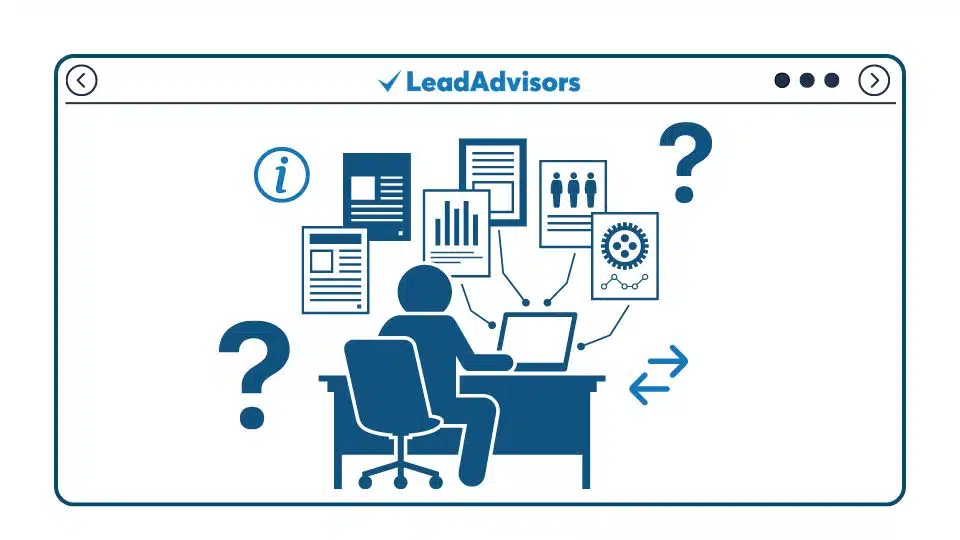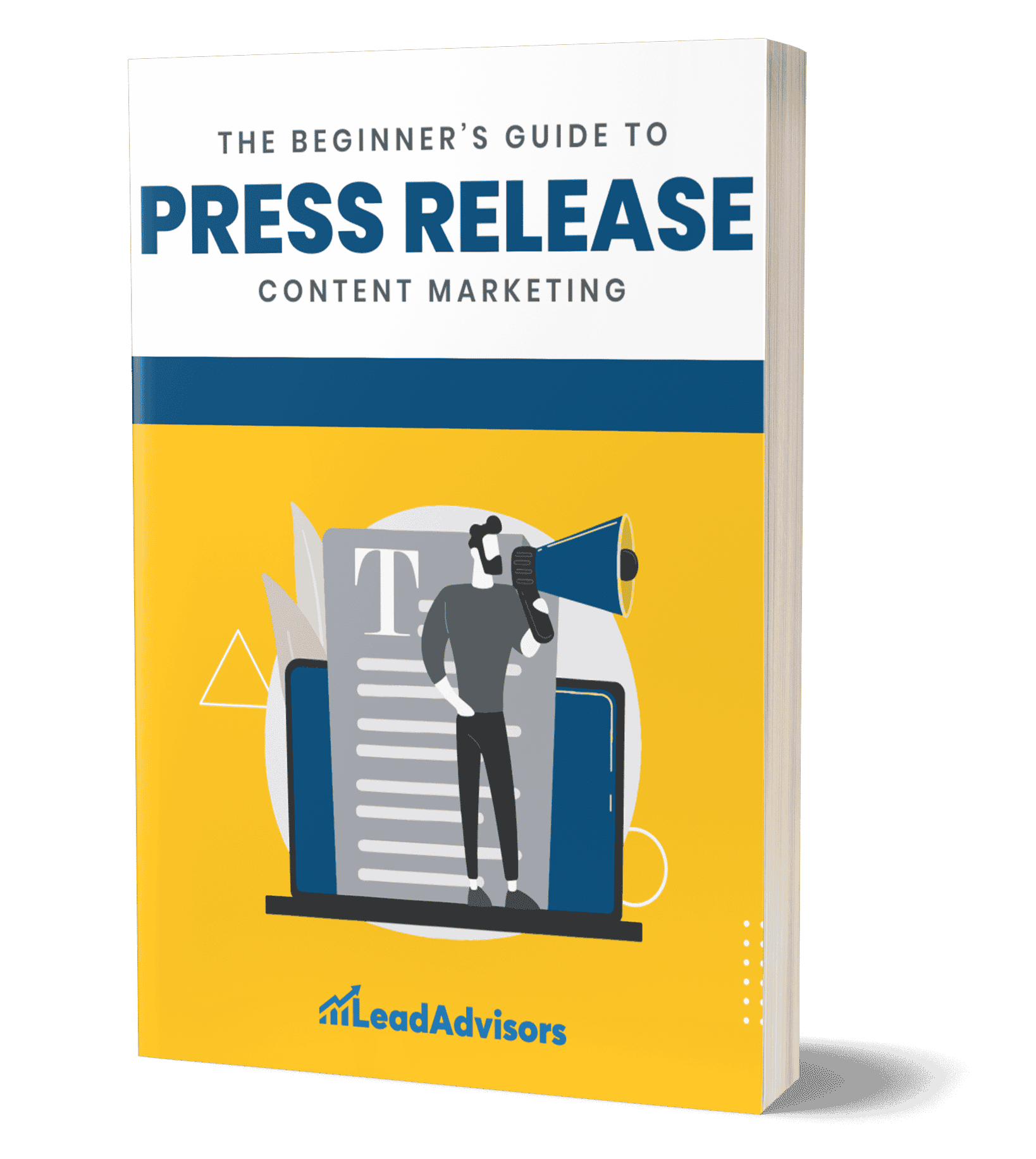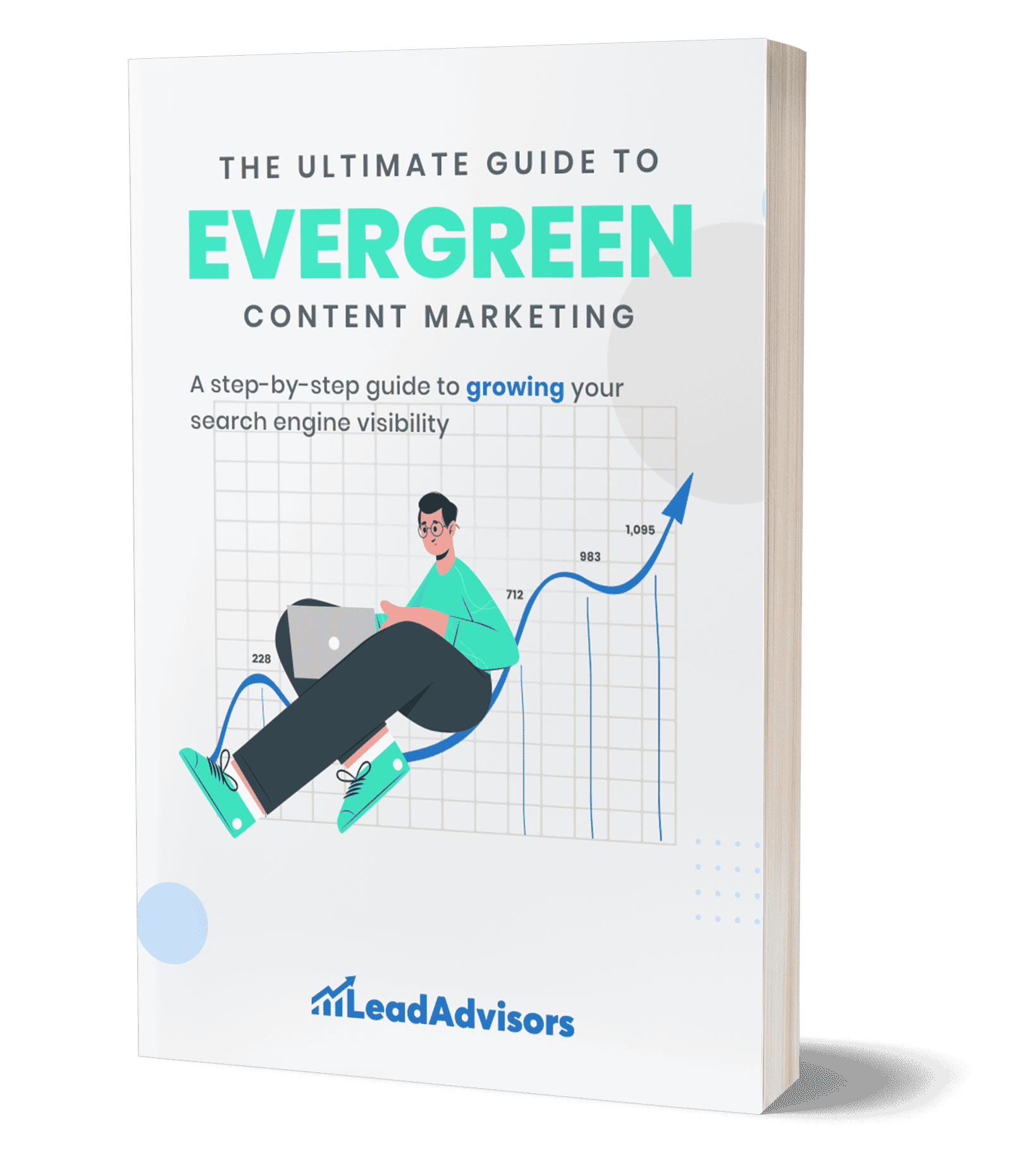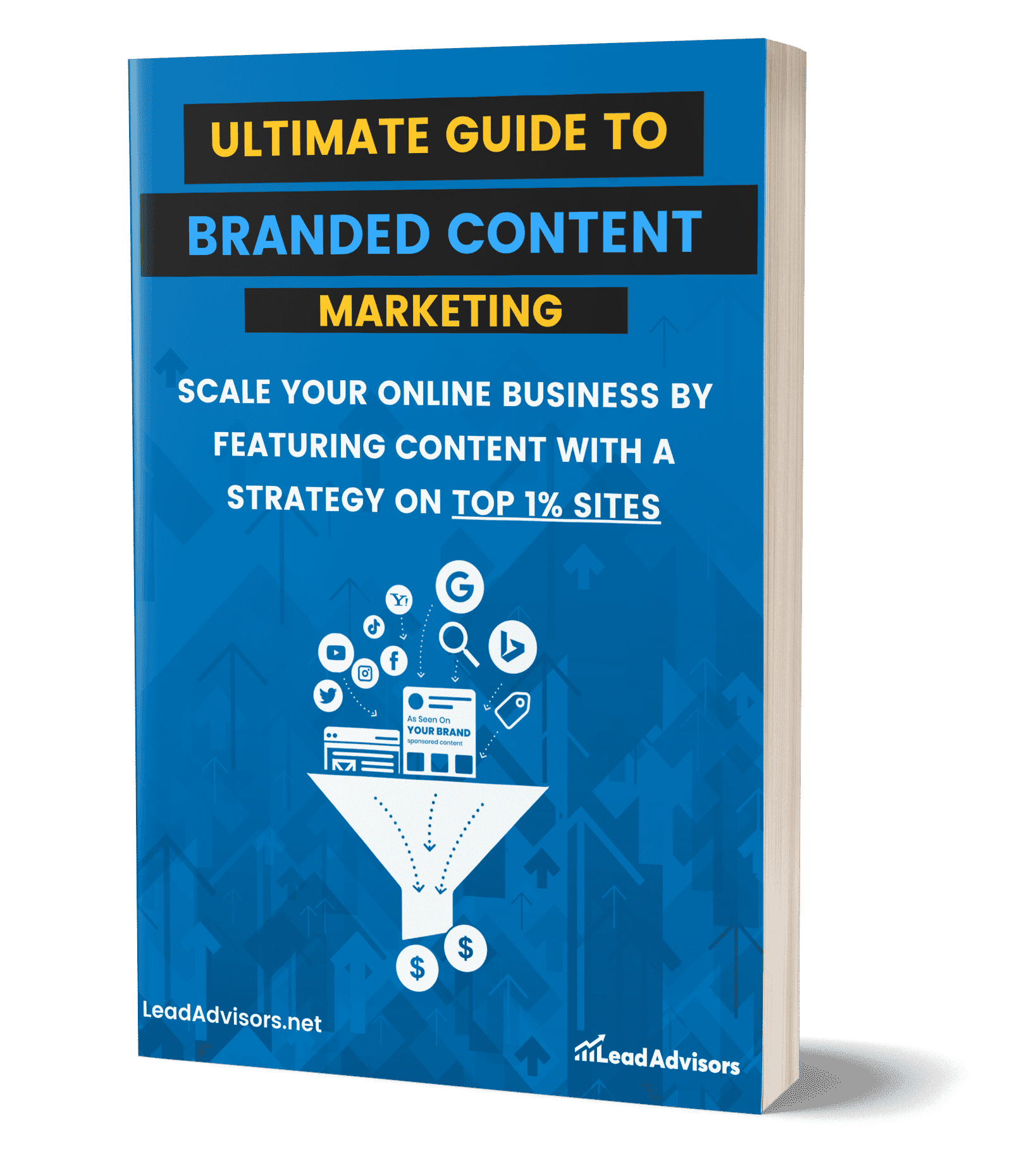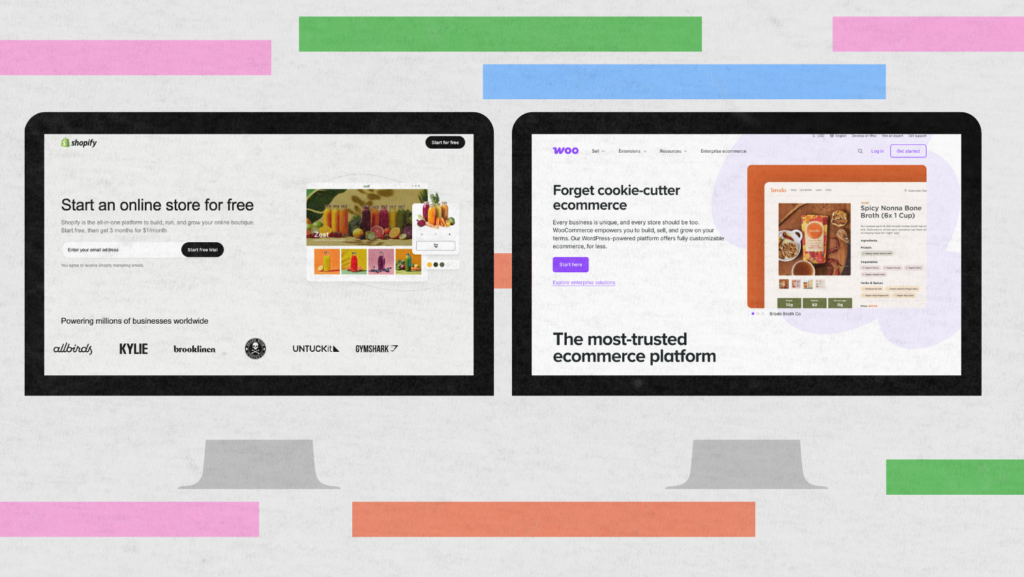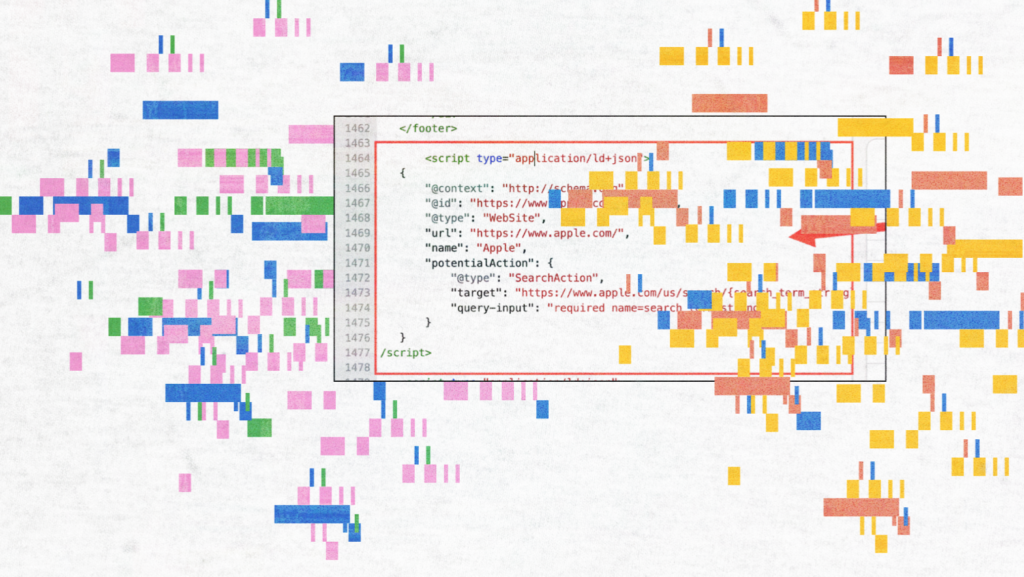Are you struggling to get your content to rank higher in search results? The issue might not lie in the quantity of keywords but in truly understanding what your audience is searching for.
User intent analysis is crucial to solving this puzzle, yet many businesses overlook its significance. By aligning your content with user intent, you can effectively meet your audience’s needs. In the end, it can lead to higher engagement and better search engine rankings.
This guide will help you understand user intent and how to leverage it for improved online visibility and success.
What Is User Intent?
User intent refers to the underlying purpose or goal a person has when entering a query into a search engine. It reflects what the user is looking to accomplish, whether it’s finding information (informational intent), making a purchase (transactional intent), or navigating to a specific website (navigational intent).
Understanding user intent is critical for optimizing your content production process, as it helps you create targeted, relevant material that resonates with your audience.
By analyzing user intent, you can identify content gaps—areas where your audience’s needs aren’t being fully met—and fill these gaps with strategic content that guides users. Moreover, writing engaging blogs that align with user intent ensures that your content connects with readers on a deeper level.
Additionally, developing content hubs and topic clusters that are organized around specific user intents allows you to deliver comprehensive, accessible information that keeps users returning to your site.
Overall, mastering user intent analysis empowers you to create content that not only ranks higher in search results but also boosts your website’s ranking and increases organic traffic.
Types of User Intent
Understanding the different types of user intent is essential for crafting content that truly resonates with your audience. User intent can be broadly categorized into four main types:
Informational User Intent
Informational intent occurs when users seek information or answers to their questions. They are not looking to make a purchase or navigate to a specific site but are primarily focused on learning something new.
Queries like “How to bake a cake,” “What is SEO,” or “Benefits of exercise” fall under informational intent. These users are looking for articles, guides, or videos that provide comprehensive information on the topic of interest.
To address informational intent, create in-depth, well-researched content such as blog posts, how-to guides, tutorials, and infographics. Further, make sure your content is easy to read, aligns with the visual identity, and thoroughly answers the users’ questions.
Strategic keyword placement throughout the content is crucial to enhance search visibility while the primary focus should be on educating and informing the audience with valuable insights and detailed explanations.
Navigational User Intent
Navigational intent occurs when users aim to find a specific website or page. They already know where they want to go and use search engines as a tool to reach that destination. Searches like “Facebook login,” “YouTube,” or “Amazon” are navigational queries. These users typically type in brand names, website names, or direct URLs.
To generally capture navigational intent, ensure your website’s SEO is optimized for your brand name and common variations as part of a comprehensive website audit. This includes optimizing meta tags and website titles and tags.
Moreover, ensuring correct URL structures and maintaining a strong brand presence online is also a necessary approach. Additionally, focus on mobile optimization, on-page SEO, and technical SEO to guarantee your site appears at the top of search results. With these techniques, users find the specific page or resource they’re seeking more effectively.
Transactional User Intent
Transactional intent occurs when users are looking to complete a transaction, such as making a purchase or signing up for a service. These users are ready to convert and are seeking the best way to fulfill their transactions.
Queries like “buy iPhone 13,” “subscribe to Netflix,” or “cheap flight tickets” indicate transactional intent. These users have likely done their research and are now looking for the best deal or a convenient purchasing option.
For transactional intent, focus on creating product pages, service pages, and landing pages that are optimized for conversions.
To facilitate the purchasing process, include clear calls to action (CTAs), user reviews, product descriptions, and easy navigation. Indeed, it’s crucial to make the buying process seamless and provide compelling reasons for users to choose your offerings.
Transactional search queries often contain specific keywords that indicate a user’s intent to make a purchase or complete a transaction.
Commercial Investigation User Intent
Commercial investigation intent occurs when users research products or services before making a purchase decision. They are in the consideration phase and are comparing options, reading reviews, and looking for recommendations.
Queries like “best laptops 2024,” “iPhone 13 vs. Samsung Galaxy S21,” or “top-rated vacuum cleaners” represent commercial investigation intent. These users are gathering information to make an informed buying decision.
To address commercial investigation intent, create comparison articles, product reviews, buyer’s guides, and listicles. Moreover, provide detailed information, pros and cons, user testimonials, and expert recommendations to help users in their decision-making process.
This type of content should aim to build trust and provide thorough comparisons to guide users toward a well-formed decision. Incorporating user signals such as reviews and ratings can further enhance the credibility of your content.
How to Analyze User Intent
Analyzing user intent is crucial for developing a content strategy that truly meets your audience’s needs. This section will particularly guide you through the key methods and tools to effectively analyze user intent and apply these findings to your content strategy.
Keyword Research and Analysis
Utilize tools like Google Keyword Planner and Ahrefs to aid with keyword research and understand their associated user intent. Analyze search volume, competition, and trends to determine intent.
This helps create a content strategy that aligns with what users are looking for. Effective keyword research not only identifies high-value keywords but also uncovers the underlying intent behind those keywords.
Search Query Analysis
Examine search query patterns using Google Search Console or analytics tools to infer user intent. Look for specific keywords or phrases that indicate different types of intent. By understanding the language and phrasing users employ, you can better tailor your content to meet their needs and expectations.
Specifically, search query analysis can reveal insights into how users phrase their searches and what they are ultimately looking to achieve, enabling you to refine your content to fulfill these intents better.
Competitor Content Analysis
Study competitor websites to see how they address user intent. Identify gaps in their content strategy and opportunities to serve user needs better. Analyzing what works well for competitors can provide insights into effective content strategies and highlight areas where your content can stand out.
Particularly, this competitive analysis can serve as a good starting point for understanding market standards and discovering untapped opportunities to meet user intent.
Tips for Creating Content to Align with User Intent
You can effectively tailor your content to address specific user needs by understanding and implementing strategies that align with each type of user intent. Update and refine your content regularly to ensure it meets evolving user expectations and search trends. Here are some helpful tips:
Content Structure and Formatting
Structure content with clear headings, bullet points, and concise paragraphs to meet various user intents. Use engaging formats like lists, tables, and infographics to enhance readability.
Well-organized content makes it easier for users to find the information they need, improving their overall experience. Proper content structure not only aids readability but also helps search engines understand the hierarchy and relevance of your content.
Using Relevant Keywords and Phrases
Incorporate keywords that signal user intent naturally into your content. You can do this by strategically placing the chosen keywords in titles, headings, and throughout the text through effective keyword mapping.
Avoid overstuffing to maintain readability, especially in short-form content where clarity is crucial. This approach helps search engines understand the relevance of your content to specific queries, boosting its visibility.
By using keyword phrases that accurately reflect user intent, you enhance your content’s ability to rank well for relevant search terms.
Improving Content Relevance and Depth
Enhance your content’s relevance by providing comprehensive information that thoroughly addresses user queries. Use the right type of SEO content, examples, case studies, and visuals to add depth and context.
High-quality content that fully answers user questions is more likely to rank well and engage readers. Ensuring your content is thorough and detailed can significantly improve its chances of meeting user expectations and ranking higher in search results.
Frequently Asked Questions
What is user intent and why does it matter for SEO?
What are the main types of user intent?
How can I analyze user intent from keywords?
How does aligning content with user intent improve SEO performance?
What kind of content works best for each type of user intent?
Conclusion
User intent analysis is crucial for creating content that not only meets user needs but also ranks well in search engines. By continually refining your content strategies based on user intent, you can achieve optimal online visibility and enhance user satisfaction. Understanding and addressing user intent is a dynamic process that requires ongoing attention and adaptation.
A well-executed content strategy aligned with user intent can significantly boost your site’s performance and engagement. For expert guidance in developing a user-focused content strategy, consider partnering with LeadAdvisors to maximize your online success.

